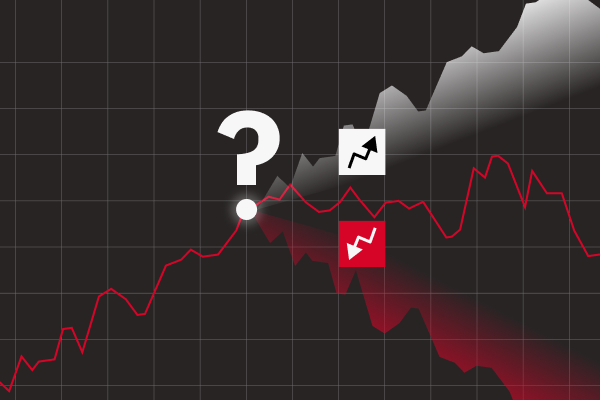Trading Signals 05/02 – 09/02
Binary Options: What is it?

Binary options (also “All-or-Nothing Options” or “Digital Options”) are a unique form of financial derivative that allows traders to speculate on the price movement of a wide array of assets such as stocks, currencies, commodities, and indices. The term ‘binary’ refers to the two possible outcomes of each trade: a fixed gain or a fixed loss. This comprehensive guide aims to delve deeper into the concept of binary options, providing examples and figures to make the understanding of this financial instrument more informative.
A Closer Look
A binary option is a financial product where the buyer and seller involved in the transaction are assigned one of two outcomes based on whether the option expires in the money. Binary options depend on the outcome of a “yes or no” proposition, hence the name “binary.” Traders receive a payout if the binary option expires in the money and incur a loss if it expires out of the money. This all-or-nothing payout structure is unique to binary options and can be a lucrative or risky way to trade, depending on your perspective.
Digital Options, on the other hand, differ in that they don’t provide the possibility of taking a position in the underlying asset. Binary options typically specify a fixed maximum payout, while the maximum risk is limited to the amount invested in the option. Movement in the underlying asset doesn’t impact the payout received or loss incurred. The profit or loss depends on whether the price of the underlying is on the correct side of the strike price. Some binary options can be closed before expiration, although this typically reduces the payout received (if the option is in the money).
The Mechanics of Binary Options
Asset Selection: The trader chooses an asset to trade. This could be a stock like Apple Inc. (AAPL), a currency pair like EUR/USD, a commodity like gold, or an index like the S&P 500.
Direction Prediction: The trader predicts whether the price of the asset will rise or fall by the expiry time. If the trader believes the price will rise, they place a ‘Call’ option. For instance, if AAPL is trading at $150 and the trader predicts it will rise, they would place a ‘Call’. If they predict the price will fall, they place a ‘Put’ option.
Investment Amount: The trader decides on the amount they wish to invest in the trade. This could range from $10 to $1000 or more.
Expiry Time: The trader selects the expiry time of the option. This could range from 60 seconds to one month or more.
If the trader’s prediction is correct, they receive a predetermined payout, often up to 70-90% of their investment. If not, they lose the amount they invested in the trade.
Risks and Rewards: A Numerical Perspective
Binary options trading can yield high profits, but it also carries significant risks. The most apparent risk is the potential for total loss of the investment. However, the fixed risk and reward structure can be appealing to traders. For example, if a trader invests $100 with a payout of 90%, they know they will either lose their $100 or gain $90 before entering a trade.
Regulatory Landscape
All-or-Nothing Options occasionally trade on platforms regulated by the Securities and Exchange Commission (SEC) and other agencies, but most binary options trading occurs outside the United States and may not be regulated. Unregulated binary options brokers don’t have to meet a particular standard. Therefore, investors should be wary of the potential for fraud. Conversely, vanilla options trade on regulated U.S. exchanges and are subject to U.S. options market regulations.
Summary
Binary options offer a unique way to trade the financial markets. They provide opportunities for high returns and are easy to understand, making them attractive to traders. However, the potential for significant losses means that they may not be suitable for everyone. As with any form of trading, it’s essential to understand the risks involved and to trade responsibly. It’s also crucial to be aware of the regulatory environment and to ensure that you’re trading with a reputable and regulated broker.
Oil: A Review of Early 2024
China’s Economy: Early 2024
Simple Strategy for Beginner Traders

